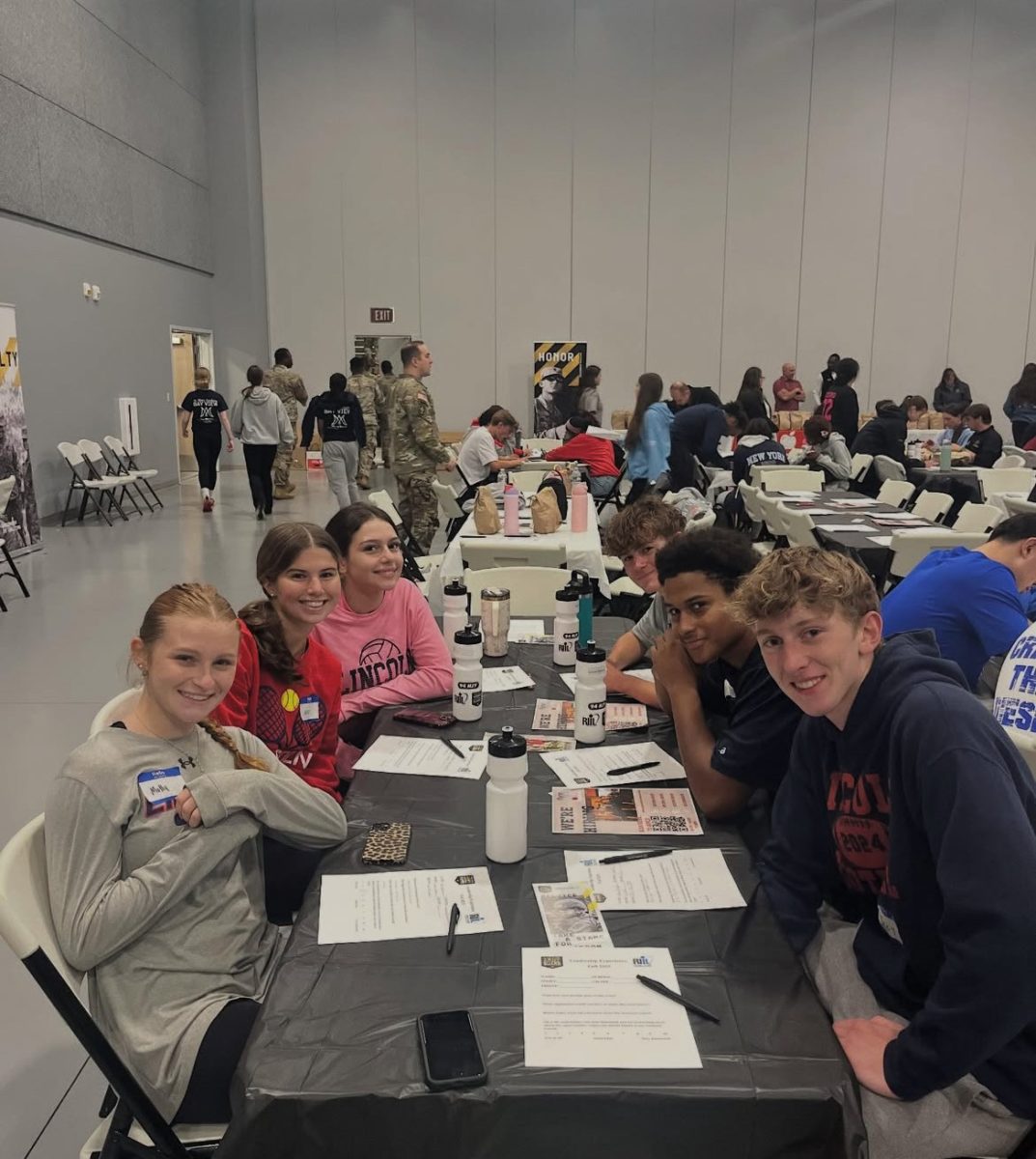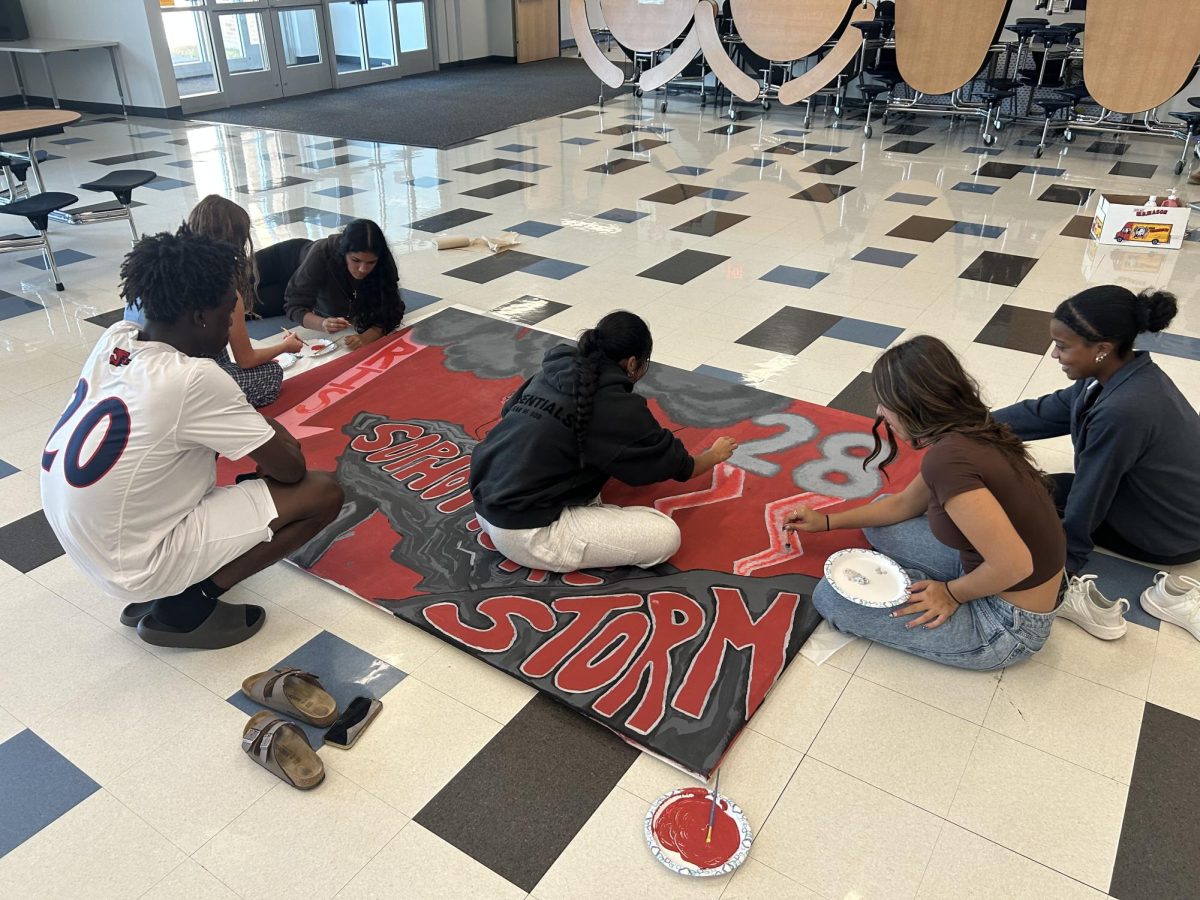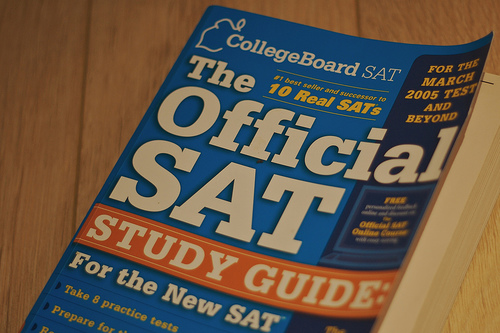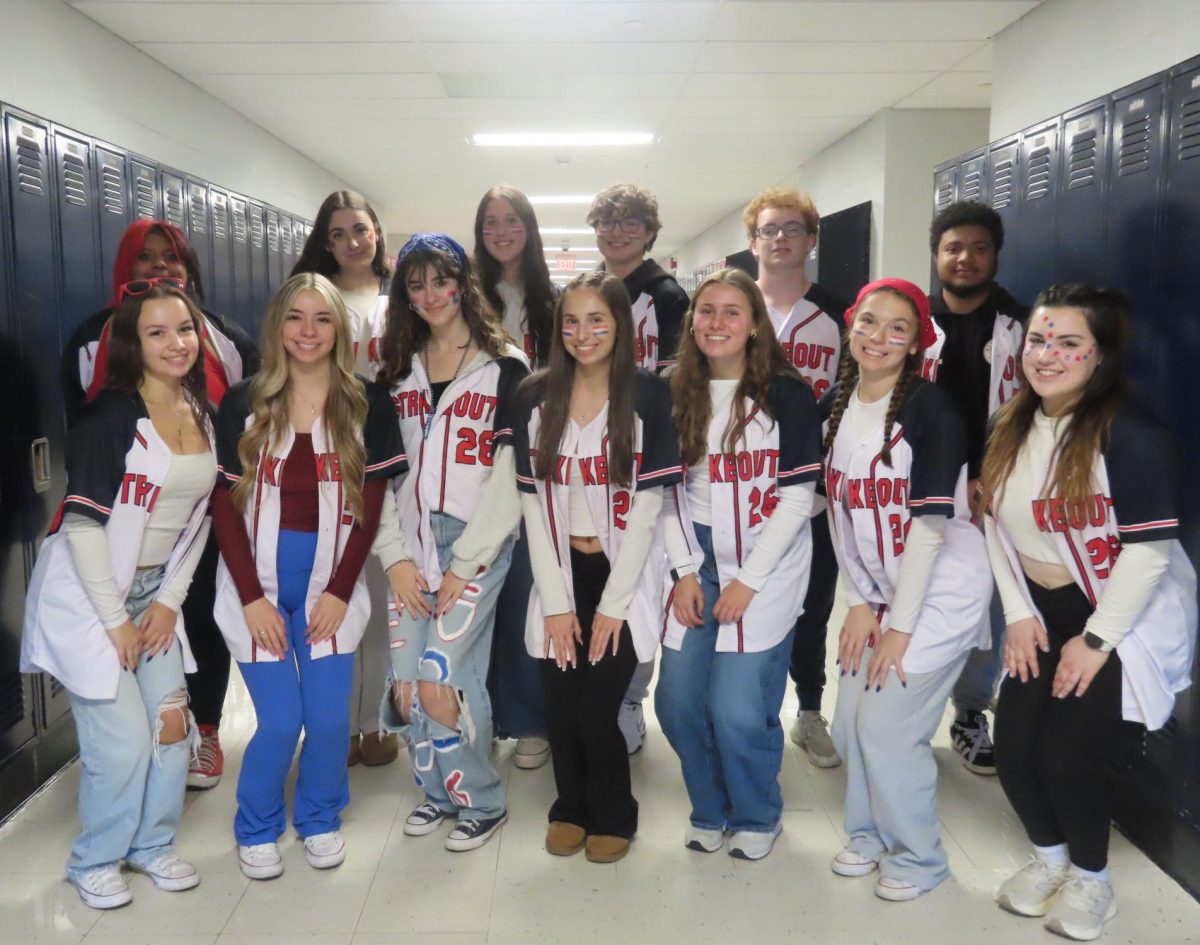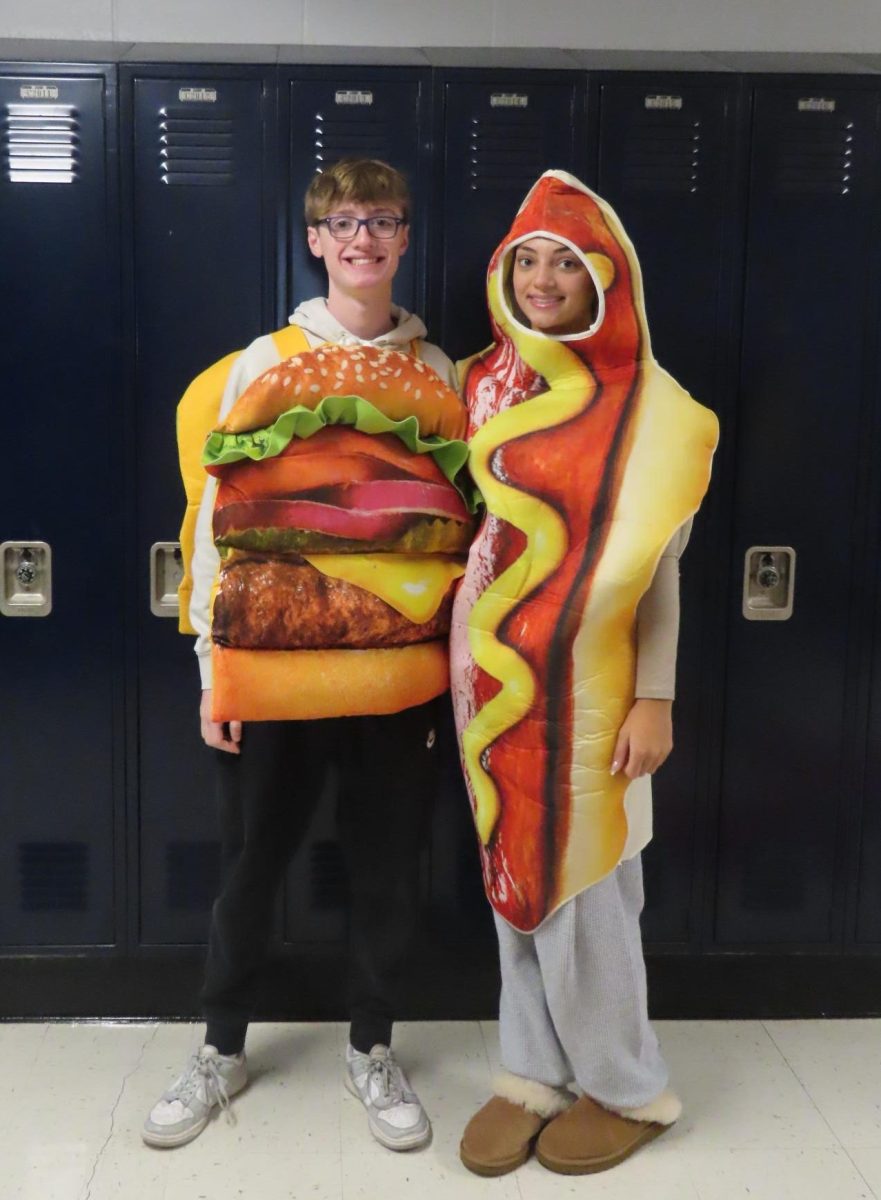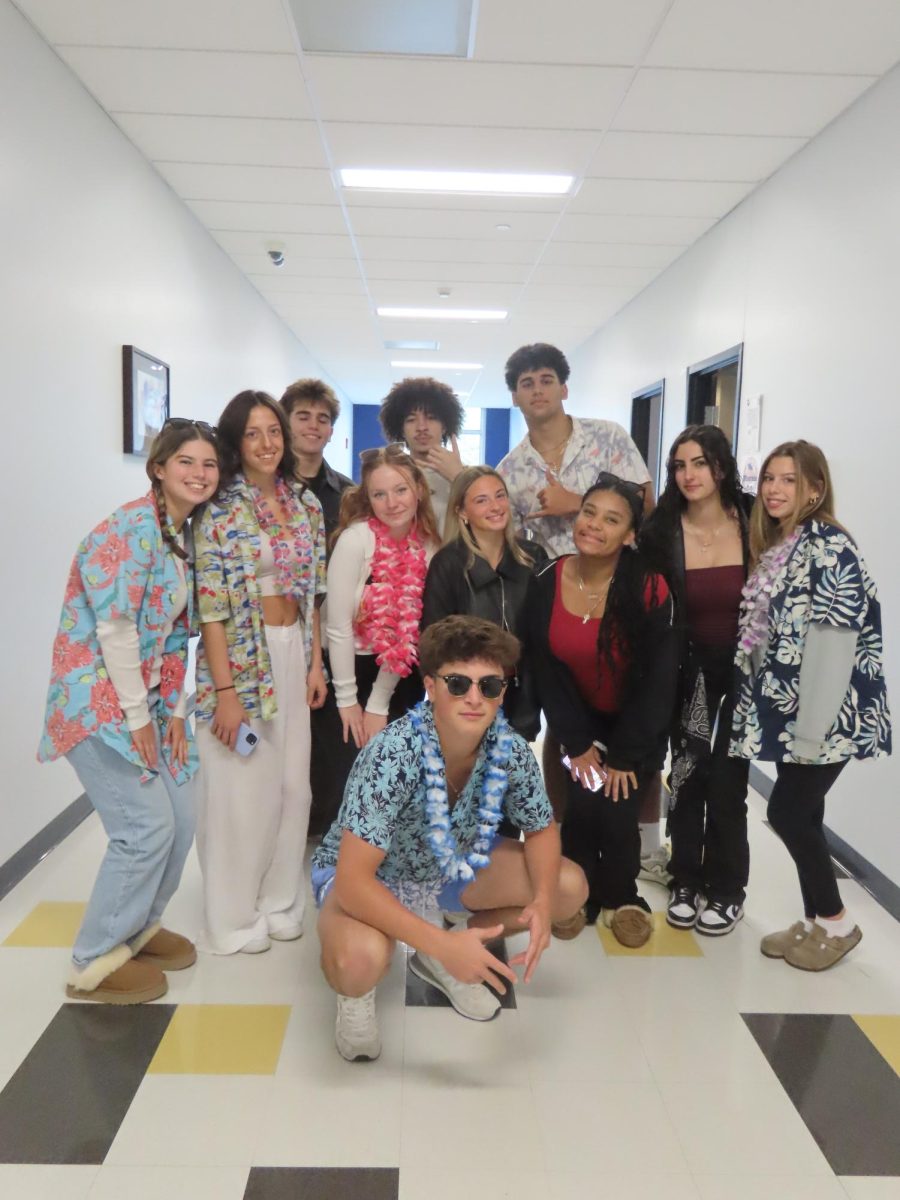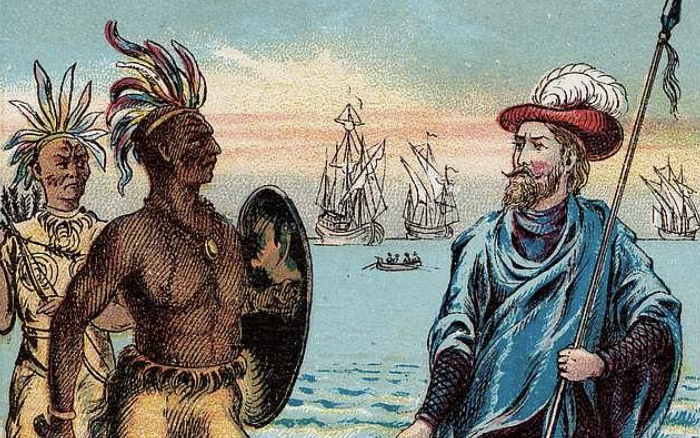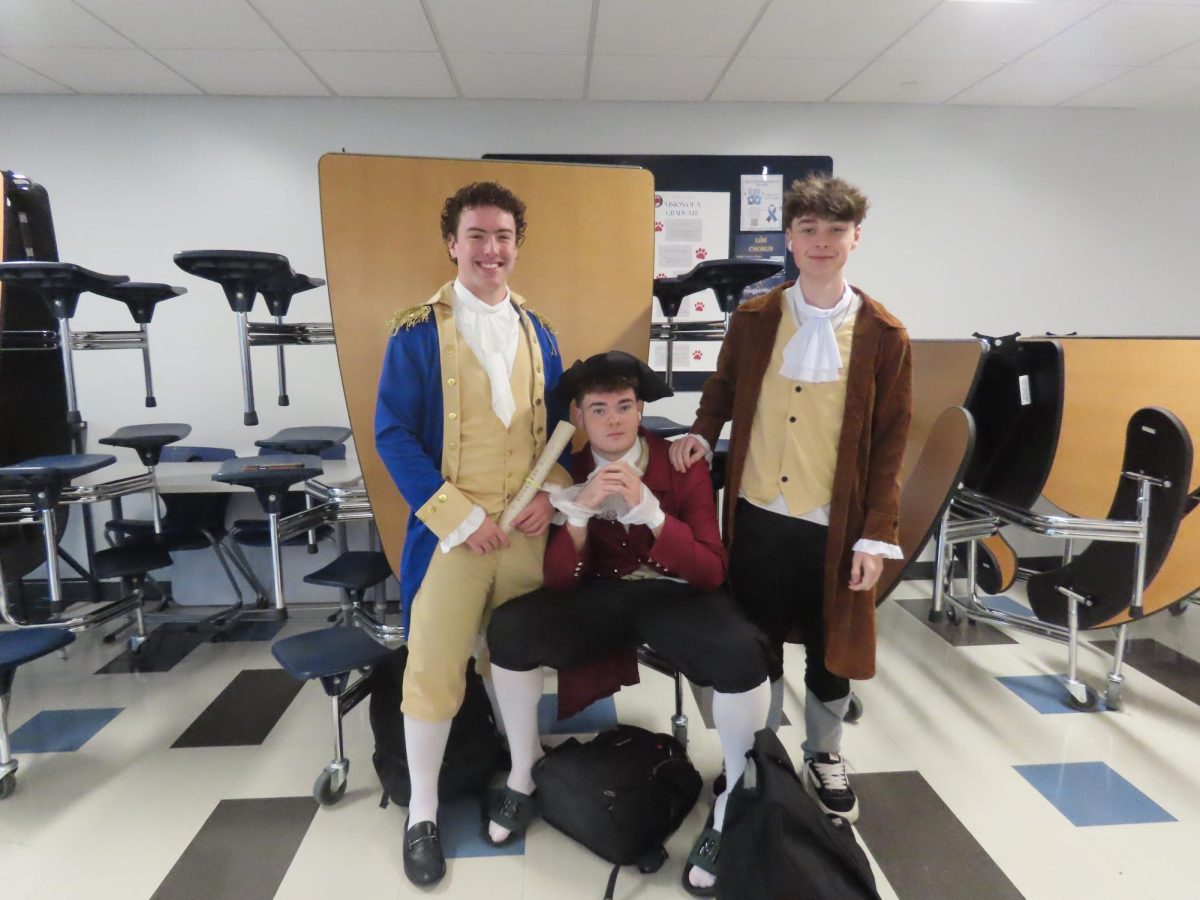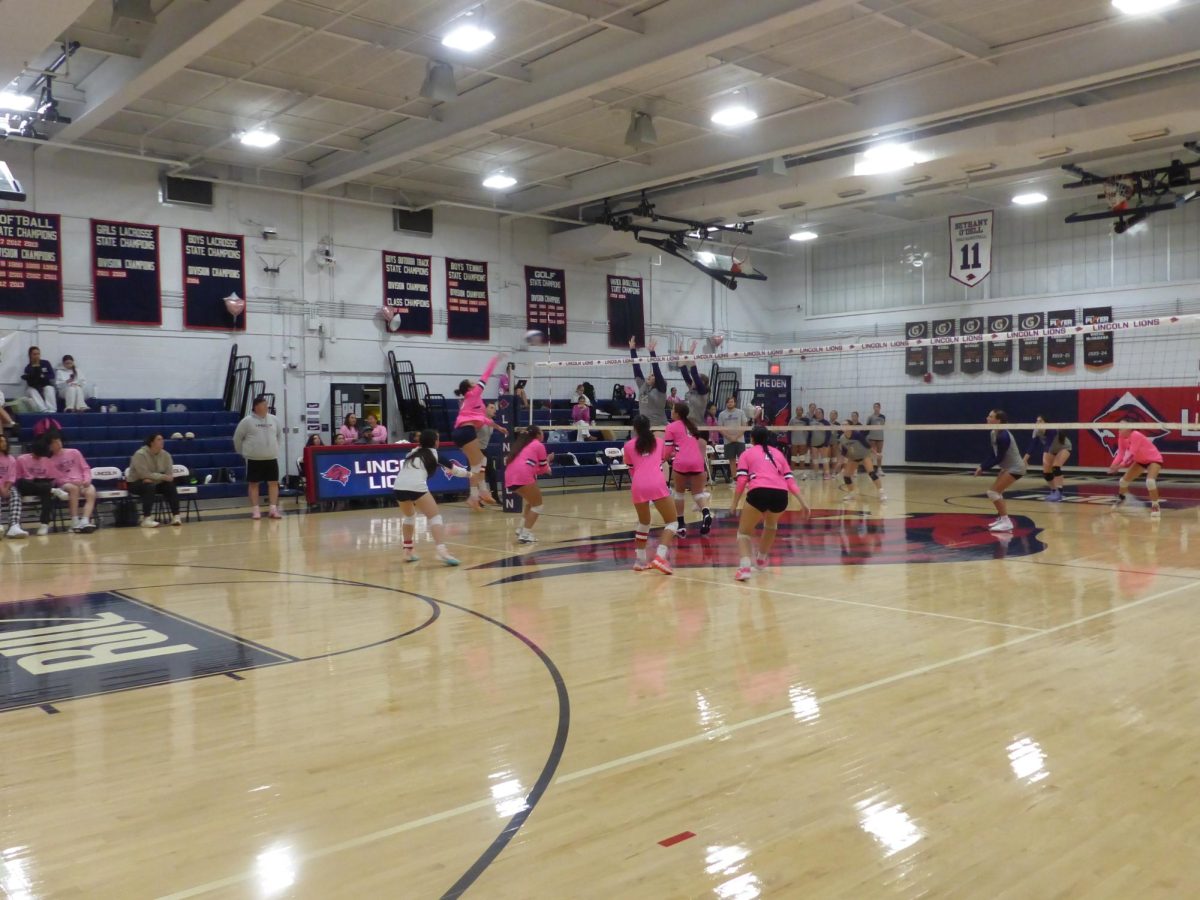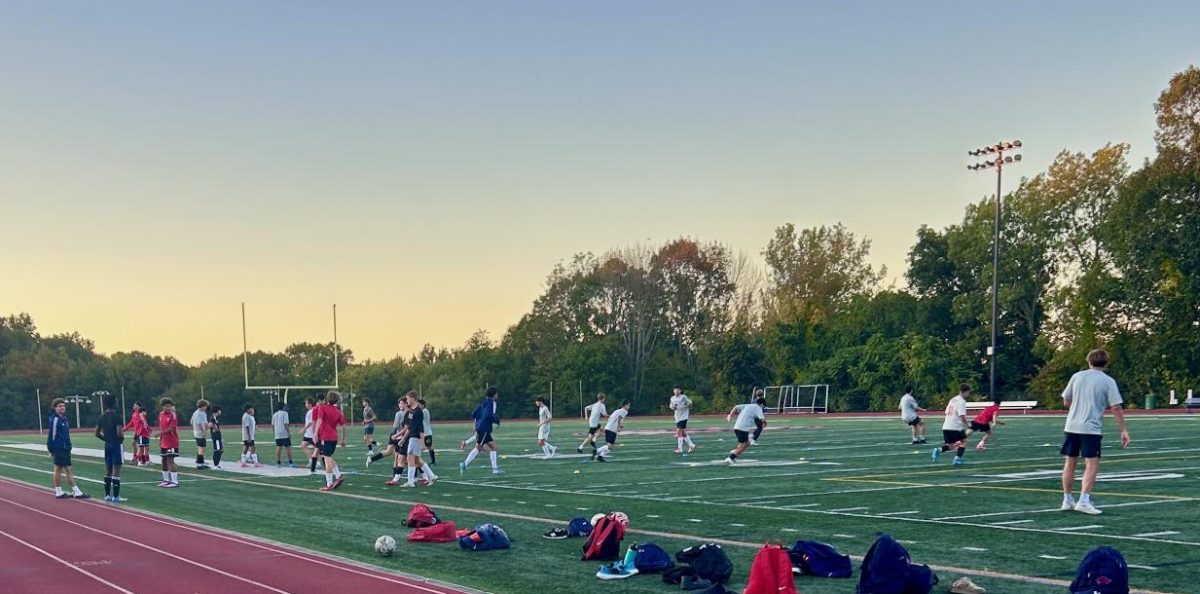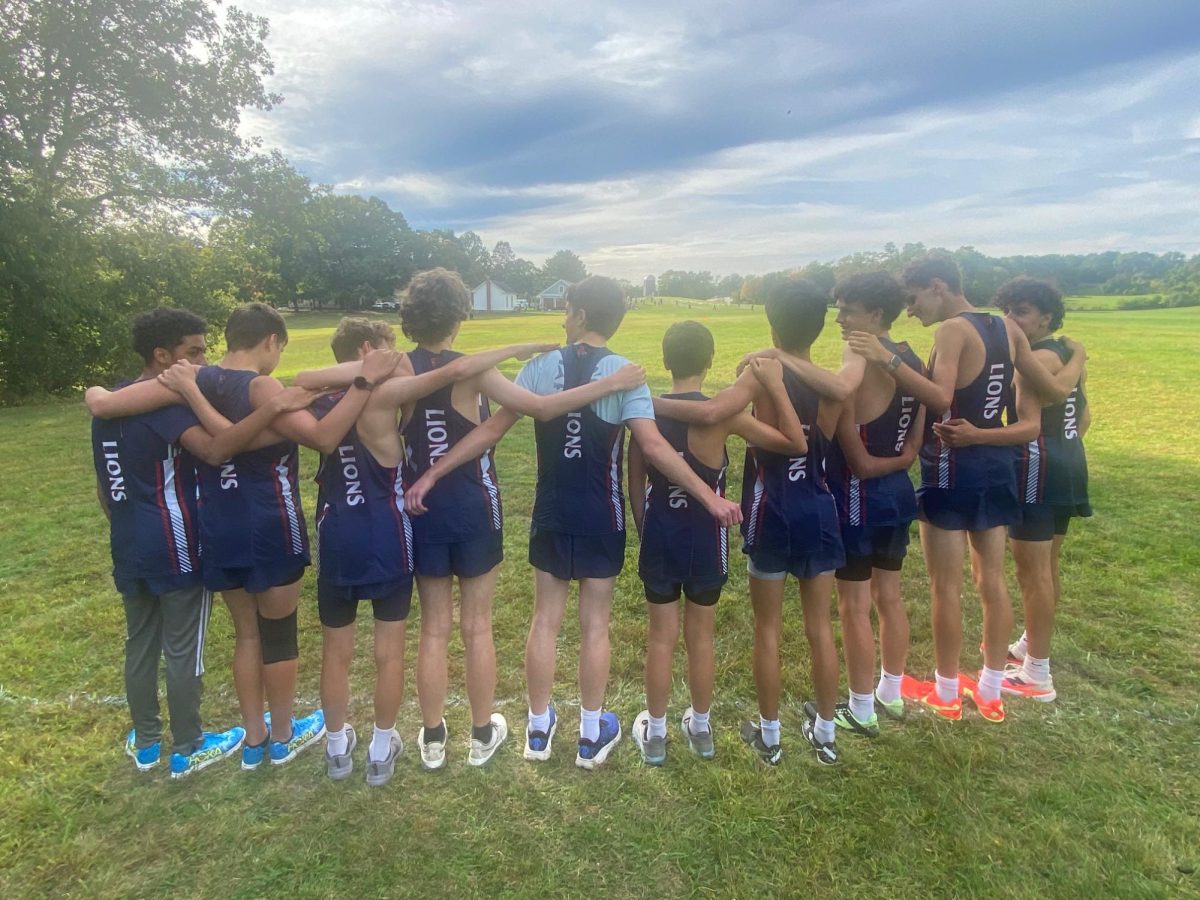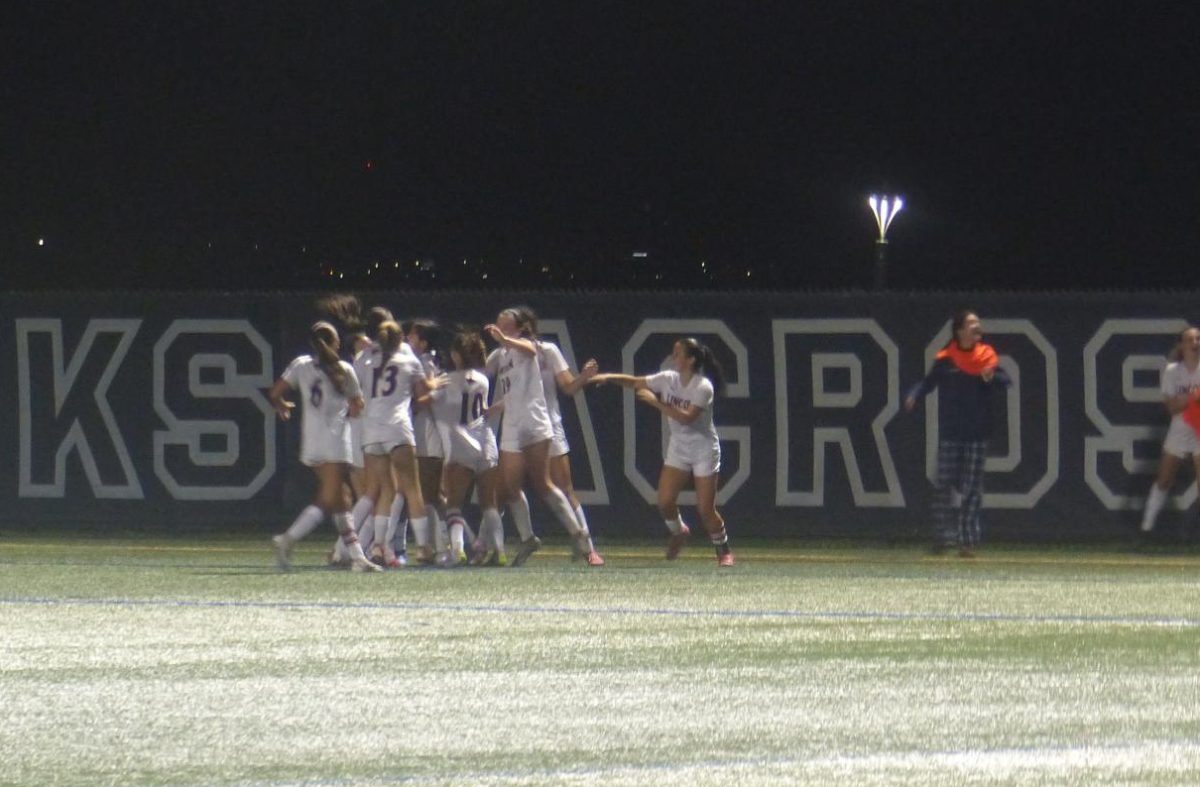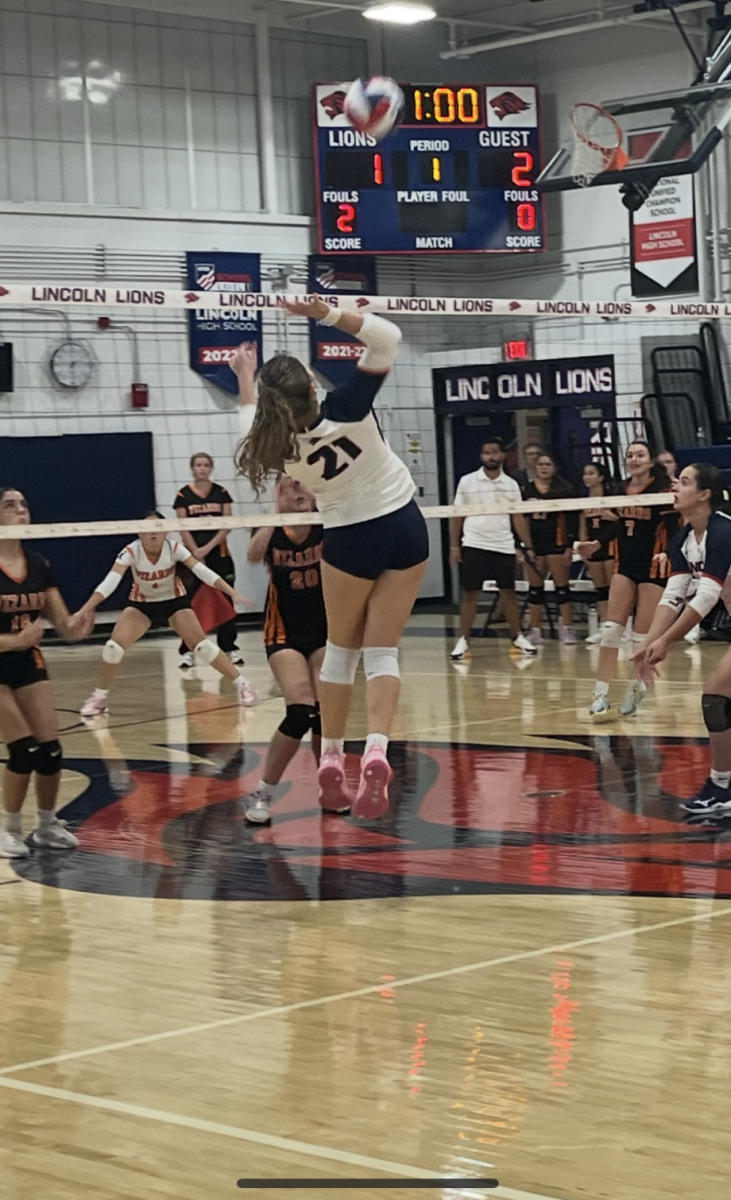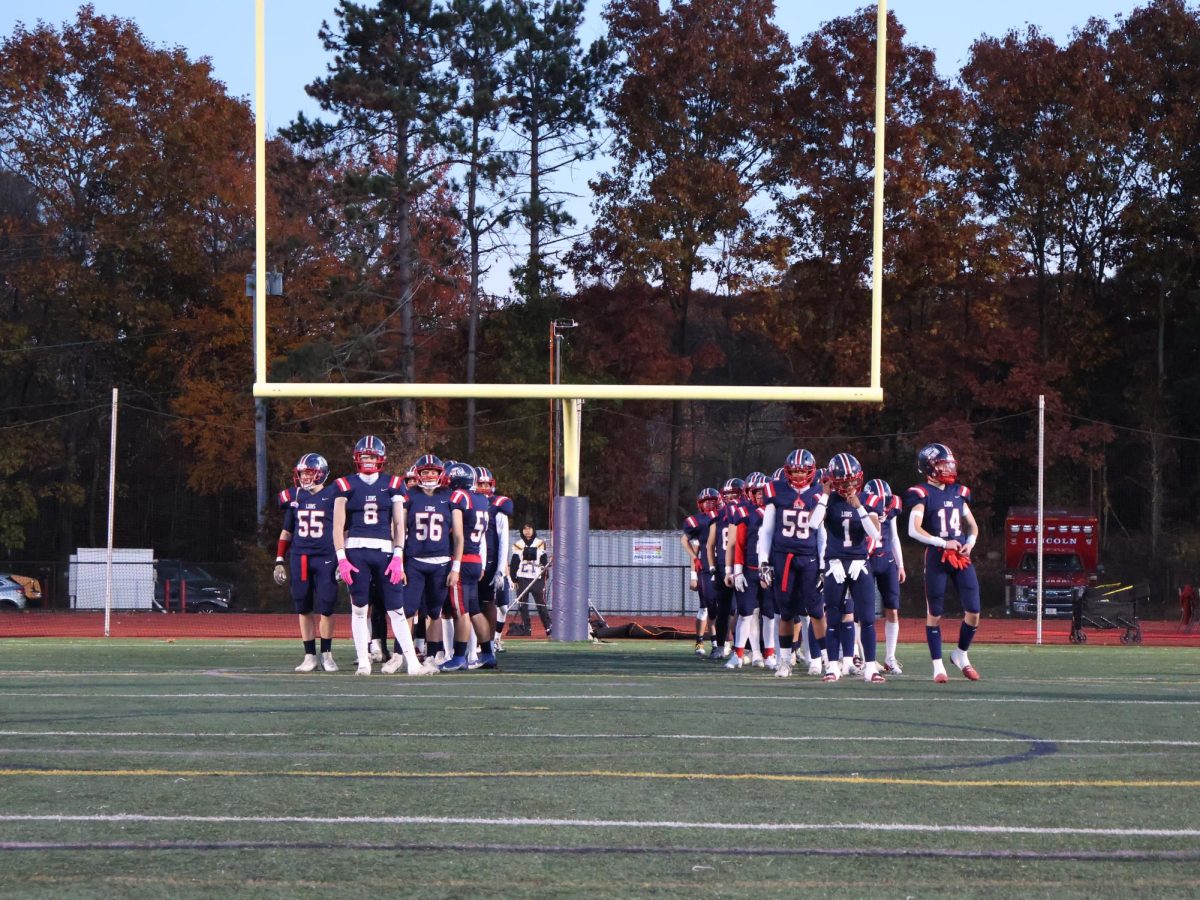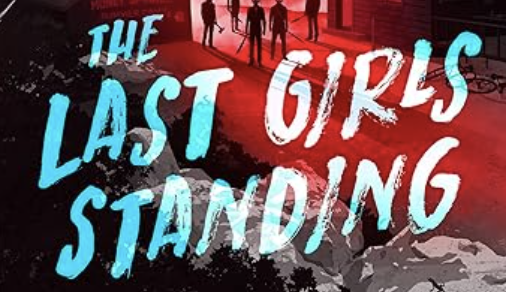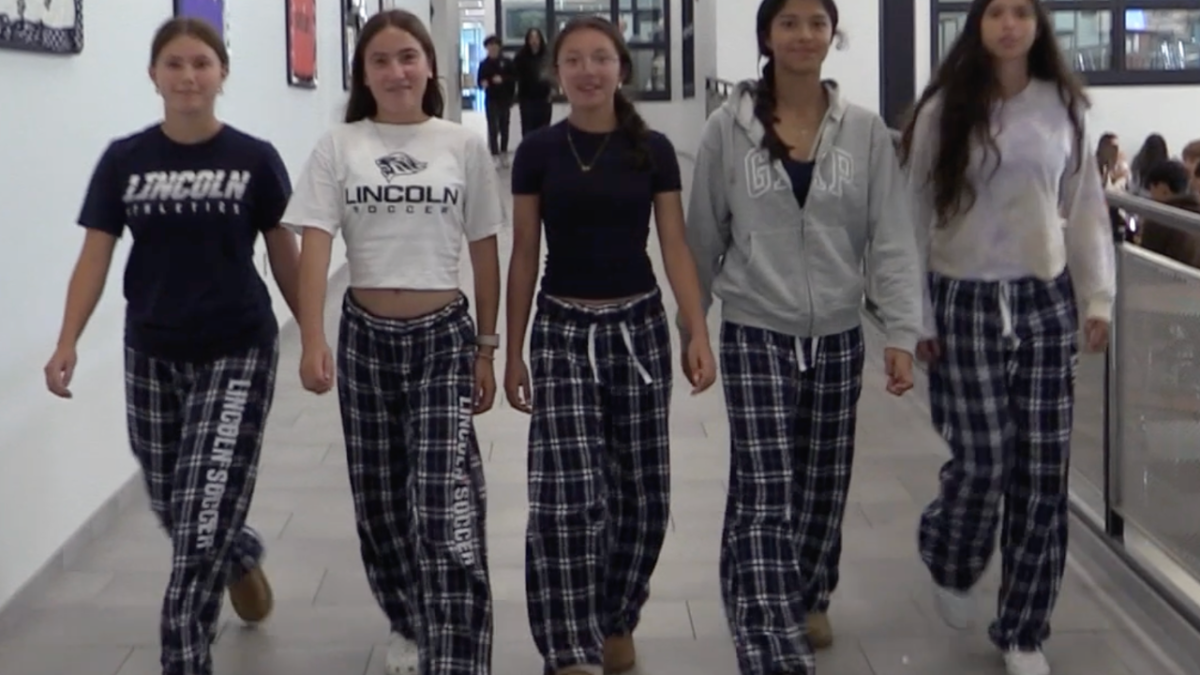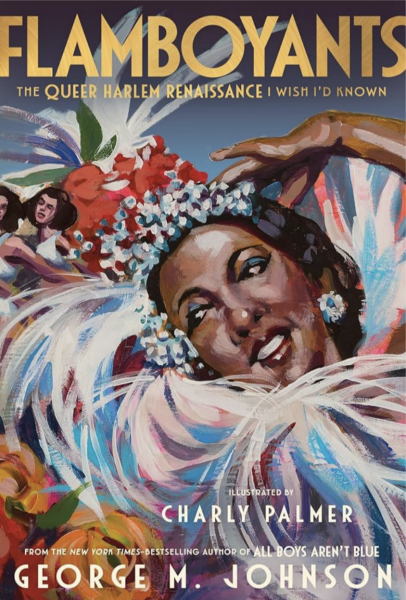
Many people are familiar with the Harlem Renaissance: a period in the early 1900s when Black creativity flourished in Harlem, New York and beyond. But not many people know queer creativity flourished then, too, and often in the same icons. Flamboyants: The Queer Harlem Renaissance I Wish I’d Known aims to change that with 12 quick biographies. Flamboyants is written by George M. Johnson, an acclaimed author and activist whose debut memoir All Boys Aren’t Blue is the second most banned book in America, and it is beautifully illustrated by Charly Palmer.
Flamboyants taught me, a queer history nerd, a thing or two. I was familiar with some figures, like Ma Rainey, Bessie Smith, Langston Hughes, and Zora Neale Hurston, but I had never even heard of many others like Gladys Bentley, Richard Bruce Nugent, and Countee Cullen. Johnson’s selections are very inclusive. Some did not live in Harlem but influenced the Renaissance and vice versa. Others were never confirmed to be queer but are thought to be since the language and labels we have today just were not available a century ago.
My favorite biography has to be Ma Rainey’s. Johnson recounts her transition from minstrel showgirl to Mother of Blues and discusses both her marriage to Pa Rainey and relationship with Bessie Smith. Highlights include information on the Black roots of blues, Ma’s queer-coded song “Prove It on Me Blues,” and how Ma is portrayed today. Throughout Flamboyants, Johnson connects each life story with ever-present issues like systemic oppression, assimilation, and symbolism.
Johnson includes a reading list to learn about the artists. However, they are all secondary sources, so as you’re reading, I suggest making note of the mentioned artists’ works that interest you. Right now, I’m listening to Ma Rainey’s Prove It On Me Blues!
Flamboyants is sprinkled with Palmer’s vibrant, symbolic portraits that bring the icons to life. Johnson also includes a few well-written original poems. While I enjoyed these, I wonder about the placing of each poem and if a short work of each artist’s would have been more appropriate. The touch I most enjoyed were the anecdotes of Johnson’s life, reminiscent of All Boys Aren’t Blue.
Above all, recognizing intersectional identities like Black and queer is so important. Queer identities are often left out of middle grade books because queerness is seen as too sexual or controversial. For example, when I was in 7th grade, my English class did a Harlem Renaissance unit with a focus on the work of Langston Hughes. It was not until I read Flamboyants that I learned of his queerness. While that unit in 7th grade was fun, interesting, and essential, I am disappointed that it only covered Black creativity and not Black queer creativity. Even when marginalized identities like Black and queer are celebrated, if their intersections are ignored, the art and pain and magic of many is reduced.
Flamboyants sticks this intersectionality into history with glitter glue while saving space for hardship. If you are looking to learn more about Black queer history, enjoy a quick read, or get some other media recommendations, Johnson’s Harlem is the place to go. Flamboyants: The Queer Harlem Renaissance I Wish I’d Known by George M. Johnson and illustrated by Charly Palmer is a great introduction between new generations of Black queer kids and their history.

